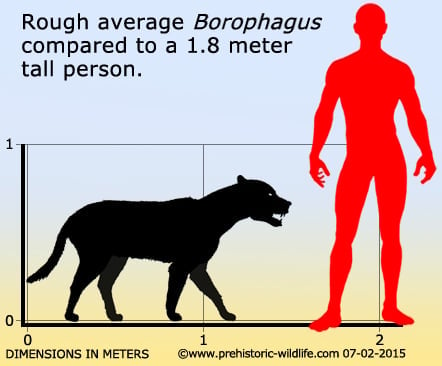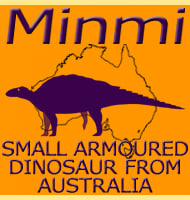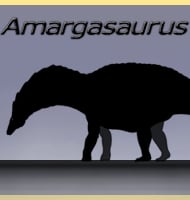In Depth
Borophagus is the last of the known line of ‘bone-crunching dogs’ (also known as ‘hyena dogs’) that roamed the plains of North America. Although Borophagus was smaller than its ancestors such as Epicyon, its skull was considerably better adapted to crushing bones. This seems to be a trait of a creature that relied more upon scavenging the kills of other predators rather than going out of its way to hunt and kill its own food, although this does not mean that Borophagus never did.
The problem with this lifestyle is that if Borophagus tracked other kills and possibly waited for larger killers to finish their meal then all of the fleshy and easier to eat parts would have already been eaten. This would mean that the only relatively untouched parts left would be the bones which predators seldom attempt to eat unless starving due to the risk of tooth injuries, something that could hamper their effectiveness at killing prey. However this was not a problem for Borophagus as its strong jaw muscles and short muzzle combined to focus a high bite force that could easily crack open the remaining bones so that it could eat the marrow within. This is why Borophagus may have been a sit and wait scavenger waiting for other larger carnivores to finish. Unless feeling particularly bold or with the numbers of a pack behind it, there would be no need for Borophagus to get in a fight with another predator when it knew it could eat the parts the other predator was going to leave.
Further Reading
– Addition to the fauna of the Florida Pliocene. – Proceedings of the New England Zoological Club 18:67-70. – T. E. White – 1941. – Phylogenetic systematics of the Borophaginae (Carnivora: Canidae). – Bulletin of the American Museum of Natural History 243:1-392. – X. Wang, R. H. Tedford & B. E. Taylor – 1999.










